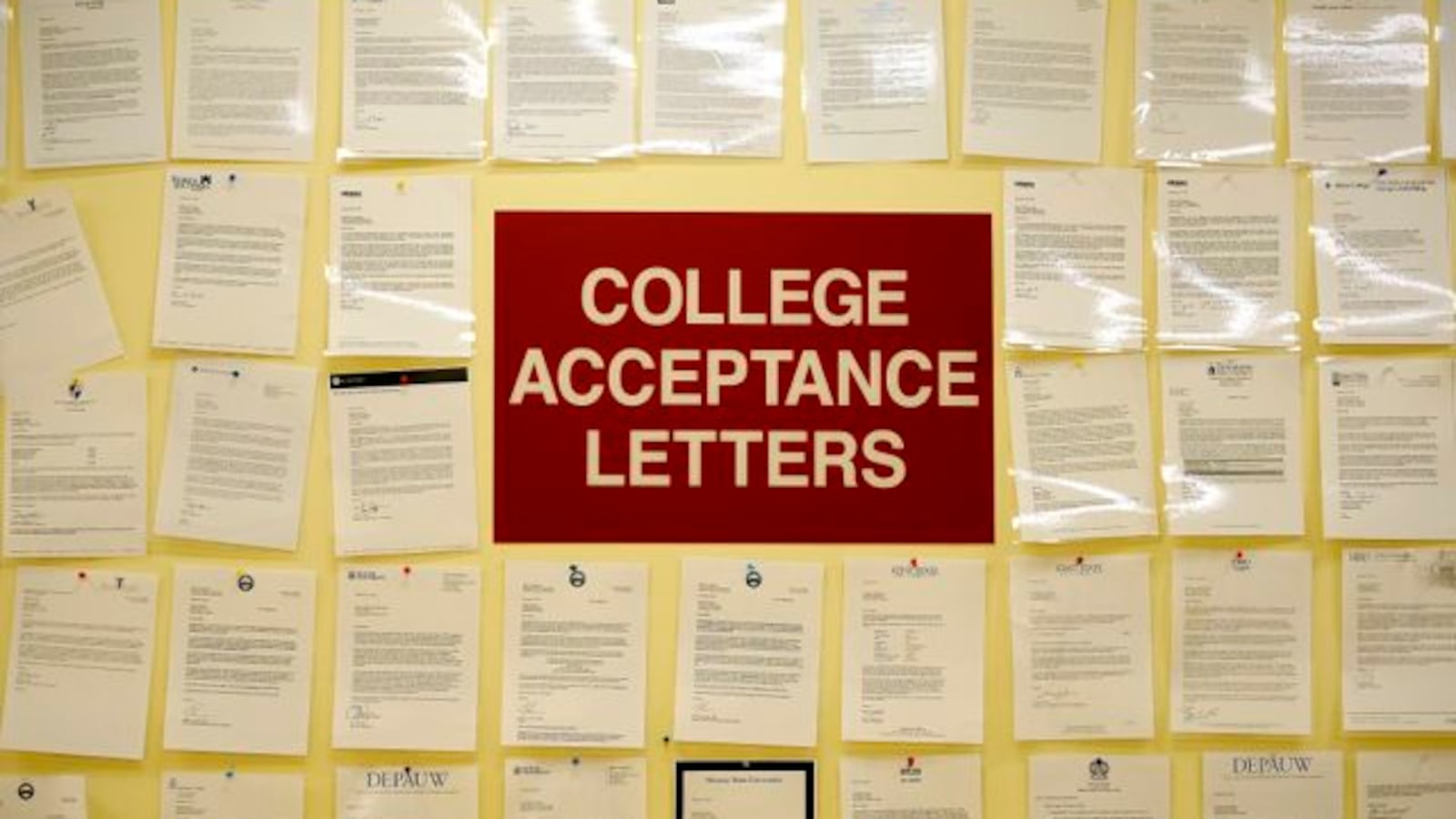For years, Indiana has been grappling with how to re-imagine high school diplomas. Today, educators made a seemingly simple suggestion to state officials: Condense Indiana’s four-diploma system down to just one.
“Indiana needs just one diploma,” said Richard Arkanoff, superintendent for Center Grove schools. “But it’s critically important that we provide students with many multiple pathways to get to that one diploma.”
In a community meeting Tuesday night at Noblesville East Middle School, Ken Folks, chief of government affairs at the Indiana Department of Education, said the department is also interested in looking at a single diploma with different “gradations” depending on student needs.
Arkanoff was one of several educators who addressed the graduation pathways committee, led by the Indiana State Board of Education. The group is charged by Indiana lawmakers with creating pathways that will help determine students’ readiness for life after high school.
Currently, Indiana students have a single graduation requirement outside of what’s needed to earn a diploma — passing end-of-course exams in math and English. But next school year, that changes. Instead, to graduate, students will need to complete the pathway, which will replace the two tests, and earn a diploma. It’s not yet clear what those pathways will look like.
Byron Ernest, a state board member and the chairman of the committee, urged members to stay focused on the pathways.
“The purpose of this panel is to create a new system for determining if a student is ready to graduate high school,” Ernest said, adding later that the committee is not responsible for revamping the state’s diploma structure.
Multiple previous efforts to redo diploma requirements have resulted in little action and several false starts. The main impetus behind this flurry of discussion is the new federal Every Student Succeeds Act, which states that the general diploma can no longer count in the graduation rate Indiana must report to the federal government starting as early as 2018.
The general diploma is a pared-down option that only about 12 percent of Indiana students receive.
To many at the meeting, any conversation about graduation would naturally include diplomas, especially when there is so much urgency around the ESSA changes.
Because of the change, many schools across the state — as well as the state as a whole — would see graduation rates drop, a main factor in high schools’ A-F grades. If a school’s rate falls below 67 percent, the school could also be identified as needing extra support from the state. Folks said 275 Indiana high schools could face that reality going forward.
Laura Hammack, superintendent of Brown County Schools, is one example. She said the ESSA change would have gotten her below or close to the two-thirds mark in 2016 and 2017.
“The news about Indiana’s diploma options and connections to ESSA hit Brown County very hard,” she said.
Indiana lawmakers both at the state and federal level wrote a letter to U.S. Secretary of Education Betsy DeVos asking for some time to deal with change before consequences would take effect.
Mary Burton, director of the Northeast Indiana Special Education Cooperative, said a single diploma could also offer benefits for students with special needs, who disproportionately receive general diplomas.
“It’s clear to students that the general diploma is of lesser value,” Burton said. “How about one diploma with (extra certifications)? This option would allow for the rigor we expect from all of our students while respecting and valuing each student’s learning differences.”
According to 2015 data compiled by Achieve, a nonprofit that helps states work on academic standards and tests, 27 states offer multiple high school diploma options. A 2016 analysis from the Virginia Department of Education found that of the 10 states with the highest percentages of graduates going to college, most had moved from multiple diplomas to just one.
Indiana has convened numerous panels and spent scores of hours discussing diplomas and post-high school options for students, with very little action taken.
The discussion around graduation pathways is a variation on that theme. So far, what a pathway is and how it might be structured has not been clearly defined. Mainly, the meetings have brought together educators, community members and business leaders to have wide-ranging conversations about preparing kids for life after high school, whether that’s college, career, military or other options.
After today, the group has six more meetings scheduled through early November.

